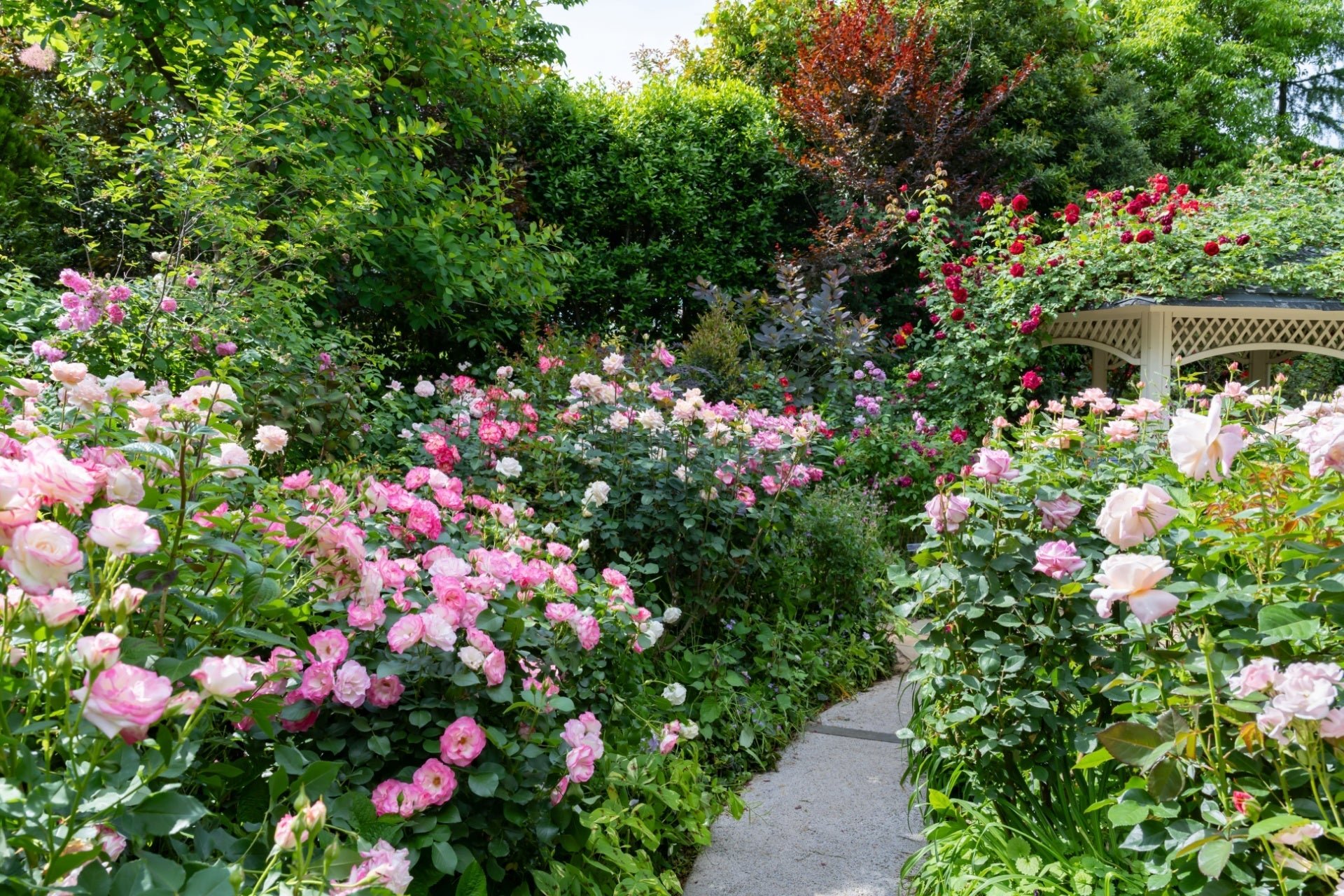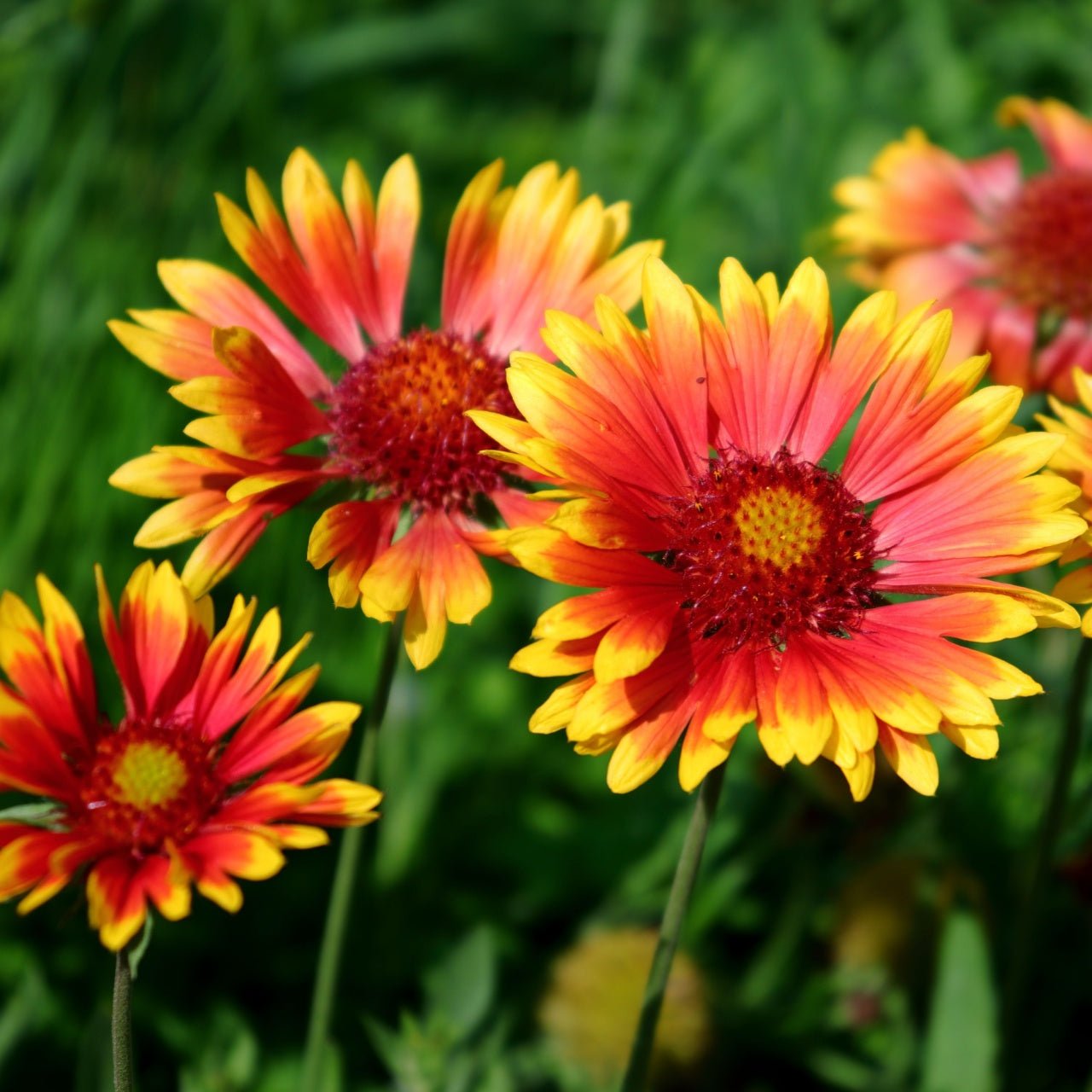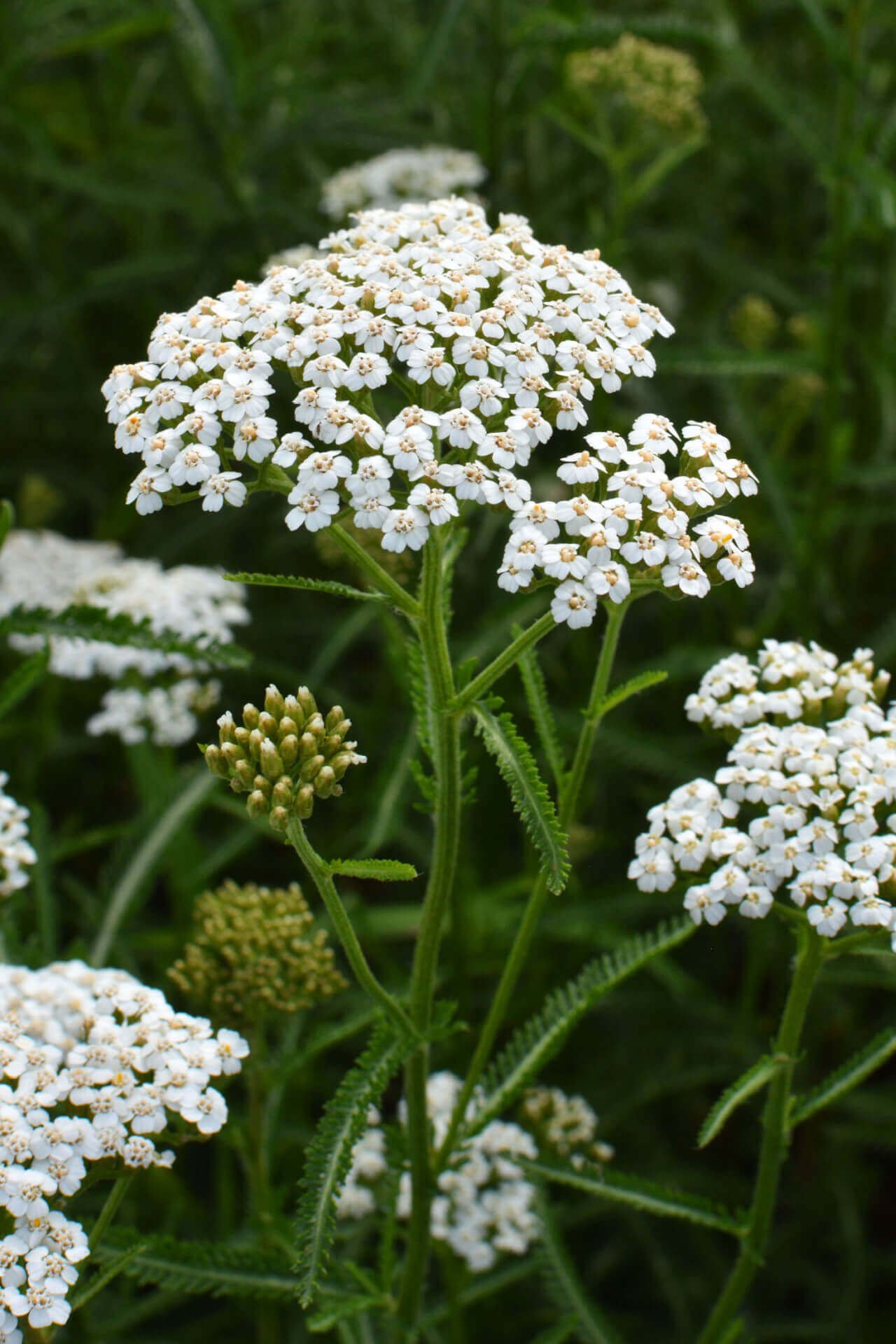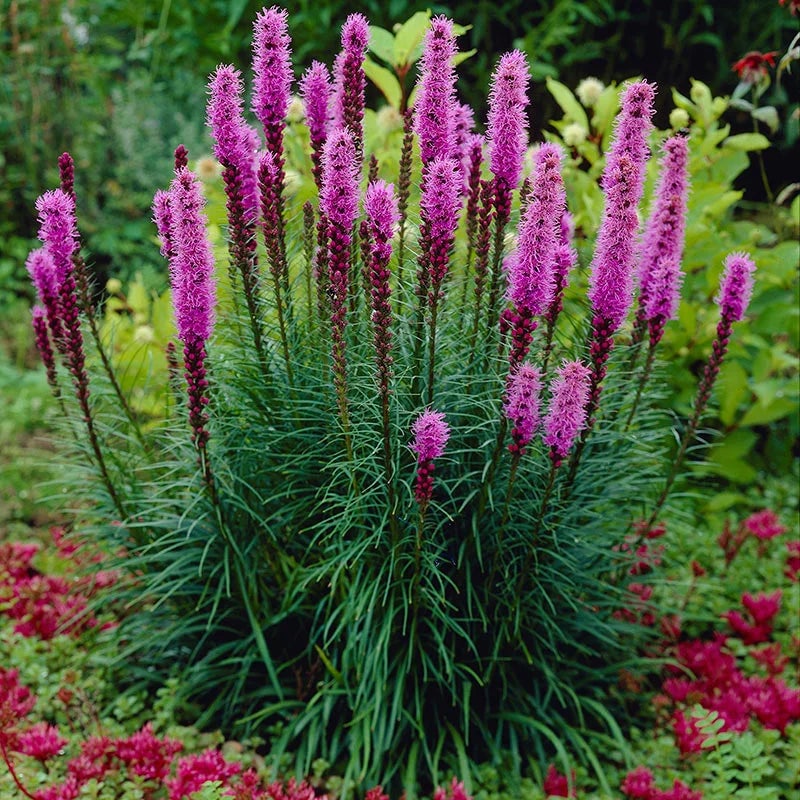Choose low-maintenance full sun perennials for year-round beauty if you enjoy gardens but dislike regular maintenance work. These resilient plants bloom annually without much work and bring lively colors to your garden while attracting pollinators and enhancing landscape aesthetics from spring until fall. Choosing local plants both decreases your garden maintenance requirements while benefiting native wildlife and ecosystems. These top easy-care perennials for full sun conditions will provide beauty and savings for your garden without demanding extensive work.
Why Choose Low-Maintenance Full Sun Perennials?
Full-sun perennials require six or more hours of direct sunlight daily to perform best. Heat-loving plants display drought resistance while offering diverse color, height, and texture options. The best part? A significant number of low-maintenance plants native to North America possess natural adaptations to local climates and soils while needing less irrigation and drawing pollinators such as bees and butterflies.
Choosing perennials over annuals eliminates seasonal replanting, which results in time and money savings. Provide perennials with well-drained soil and mulch for weed control so they can enjoy continuous garden color and form every year.
One must seek perennials with drought tolerance and disease resistance as well as minimal pruning requirements when planning a maintenance-free landscape. Both Purple Coneflower (Echinacea purpurea) and Black Cohosh (Actaea racemosa) fulfill all the desired characteristics of a low-maintenance garden.
Top Native Low-Maintenance Full Sun Perennials
1. Purple Coneflower (Echinacea purpurea)
Purple Coneflower serves as a pollinator magnet throughout its blooming time from mid-summer until fall while being indigenous to the central and eastern United States. This plant shows resistance to deer and drought while needing only deadheading to maintain continuous blooming.
2. Blanket Flower (Gaillardia pulchella)
The fiery-colored daisy-like flower Blanket Flower grows well in hot dry locations despite poor soil conditions. The perennial Blanket Flower originates from southern U.S. locations and produces continuous blossoms which attract butterflies. Prune the plant in late summer to trigger another round of flowering.
3. Coreopsis (Coreopsis lanceolata)
This golden-yellow flower called tickseed spreads joyously throughout garden beds. Coreopsis grows across many regions of the United States and needs minimal care through regular thinning to effectively prosper in poor soil conditions.
4. Yarrow (Achillea millefolium)
The perennial Yarrow enjoys sunlight and survives droughts while displaying fern-like leaves and flat-topped flowers in white, pink, or yellow. This plant draws pollinators and grows well in neglected garden corners. Bonus: it’s native and medicinal.
5. Bee Balm (Monarda fistulosa)
The garden benefits from Bee Balm's lavender and pink blooms which draw in both hummingbirds and bees. This native perennial plant spreads with ease which makes it perfect for planting in wildflower patches or sunny borders at the back of gardens.
6. Black Cohosh (Actaea racemosa)
The tall white spires of Black Cohosh create a striking vertical accent in any garden space. Full sun exposure is acceptable for this plant in cooler climates if the soil maintains moisture.
7. Lanceleaf Loosestrife (Lysimachia lanceolata)
As a native groundcover choice this perennial grows low to the ground and expands through rhizomes when exposed to sunlight. This plant needs minimal upkeep and provides golden yellow blooms that brighten borders or slopes.
8. Butterfly Weed (Asclepias tuberosa)
While Butterfly Weed adds vibrant orange color to summer gardens it functions as the host plant for monarch caterpillars. This perennial plant naturally adapts to dry conditions and requires minimal care as it thrives in sandy soils.
9. Shasta Daisy (Leucanthemum x superbum)
While Shasta Daisy is not indigenous it remains the best choice for effortless summer blossoms due to its hybrid nature. After establishment this plant maintains drought resistance and requires only periodic deadheading to produce ongoing blooms.
10. Blazing Star (Liatris spicata)
The Blazing Star plant displays purple flower spikes that bloom from top to bottom while drawing numerous butterflies and bees to its blossoms. This perennial plant originates from many regions of the eastern United States where it flourishes in open sunny spaces both in meadows and garden edges.
Planting & Care Tips for a Fuss-Free Garden
Your low-maintenance full sun perennials will thrive best when planted in well-drained soil and given regular water during their initial growing season. Once established these plants only require rainfall to continue thriving. Using mulch around plants helps keep moisture in the soil and prevents weed growth which reduces your gardening tasks.
Group planting of three or more specimens will achieve stronger visual effects and simplified upkeep. When flowers are planted in groups they become more visible for pollinators. Cut back perennial plants during late fall or early spring while performing division every few years to sustain their strength.
In naturalized or prairie-style planting designs these plants gain their best appearance by allowing them to mingle and form beautiful semi-wild displays with no requirement for perfection.
Read more
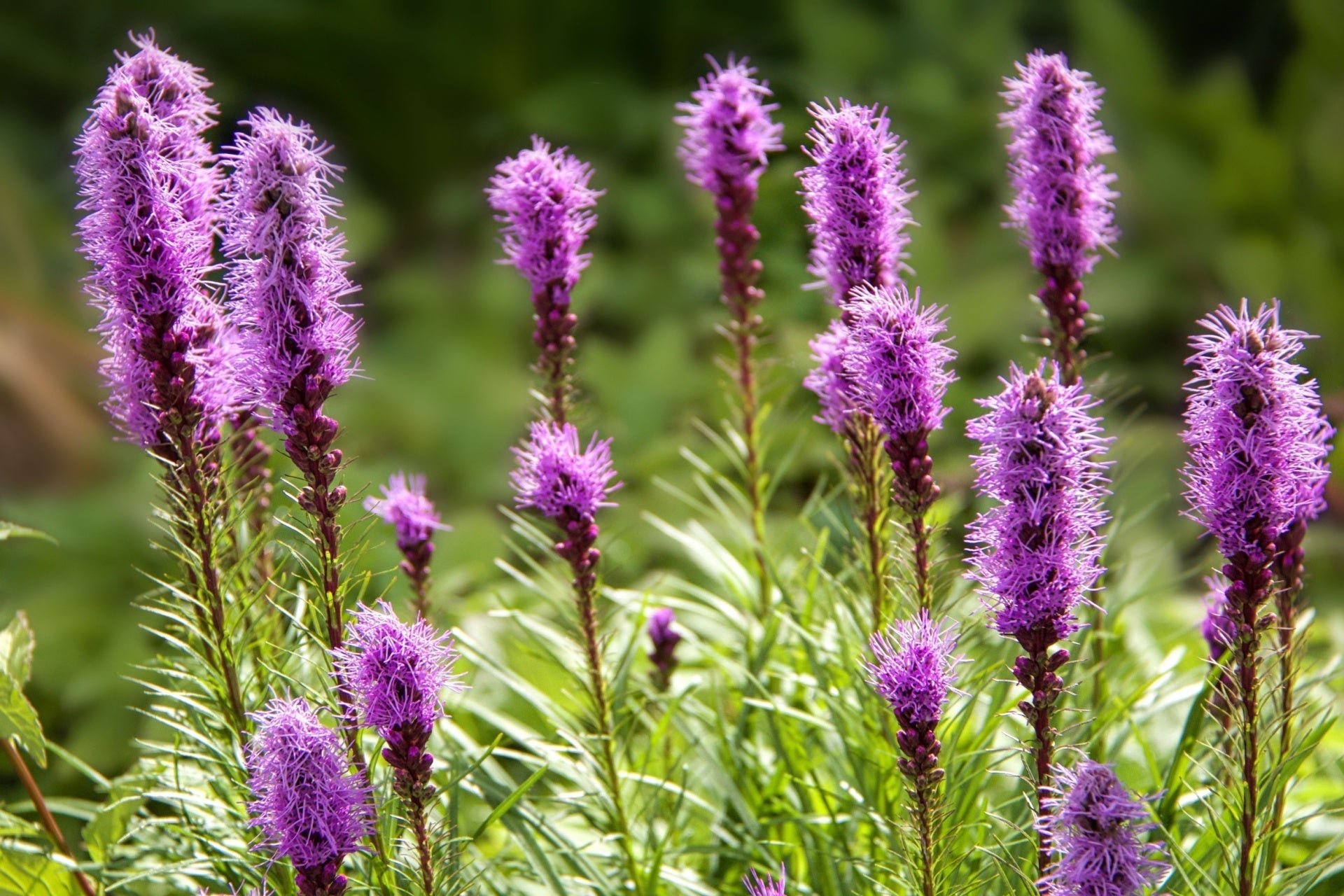
Discover Liatris spicata, the Blazing Star: a tall, heat-tolerant perennial with purple flower spikes, ideal for pollinators and summer gardens.
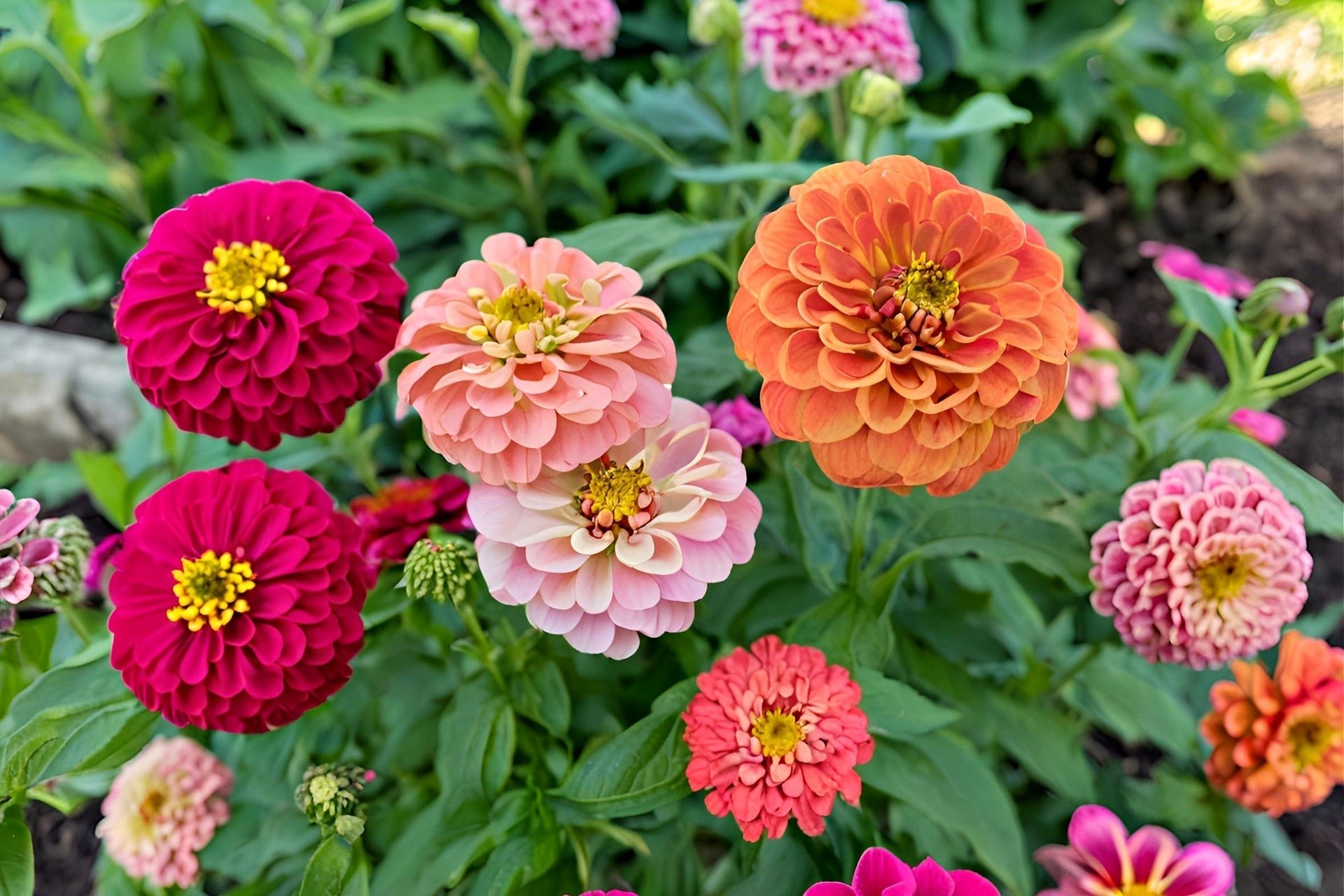
Although zinnias are annuals, their self-seeding nature coupled with their persistent blooms give the impression that they persist throughout the growing season. Zinnias provide vibrant blooms that...


